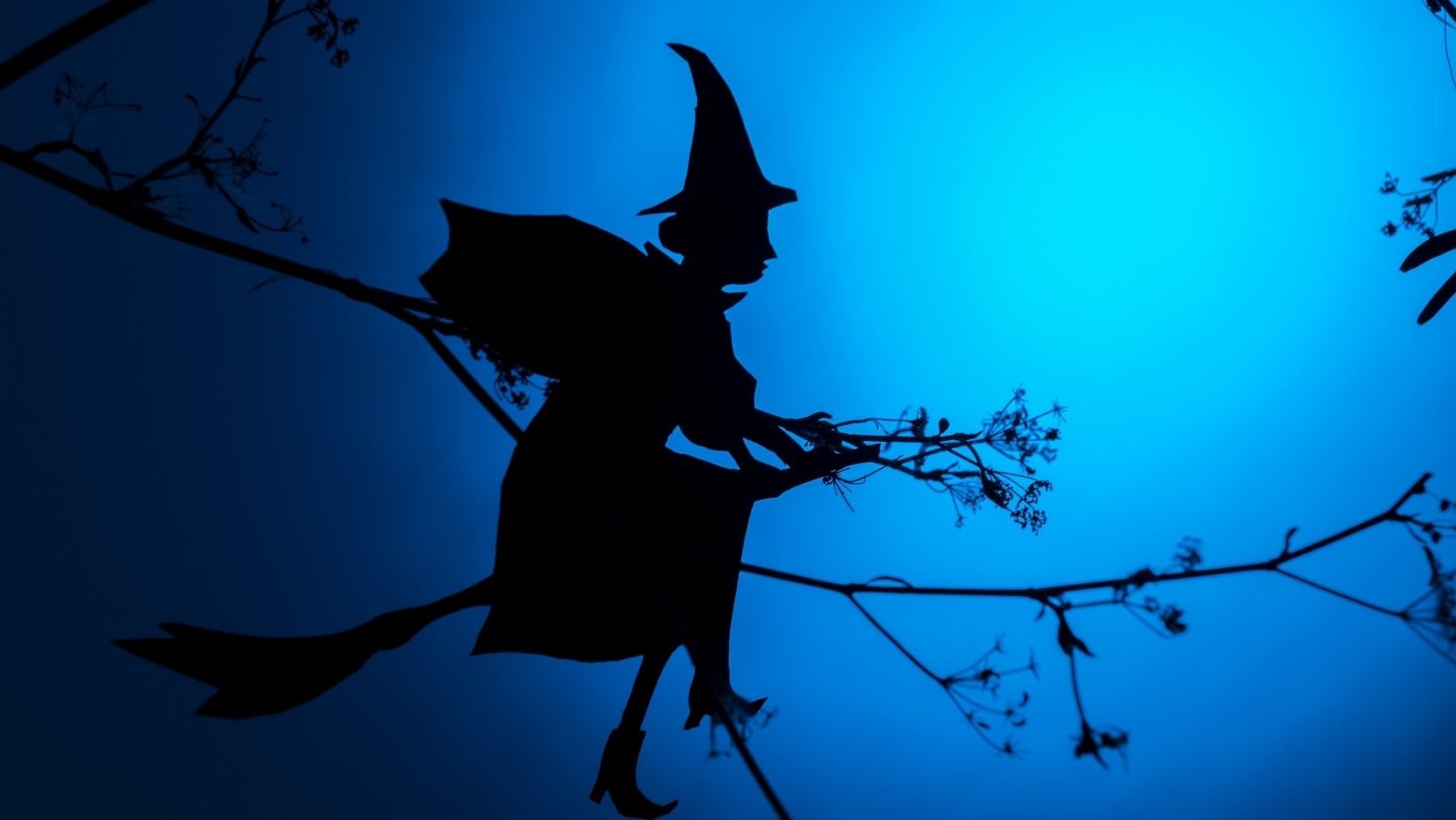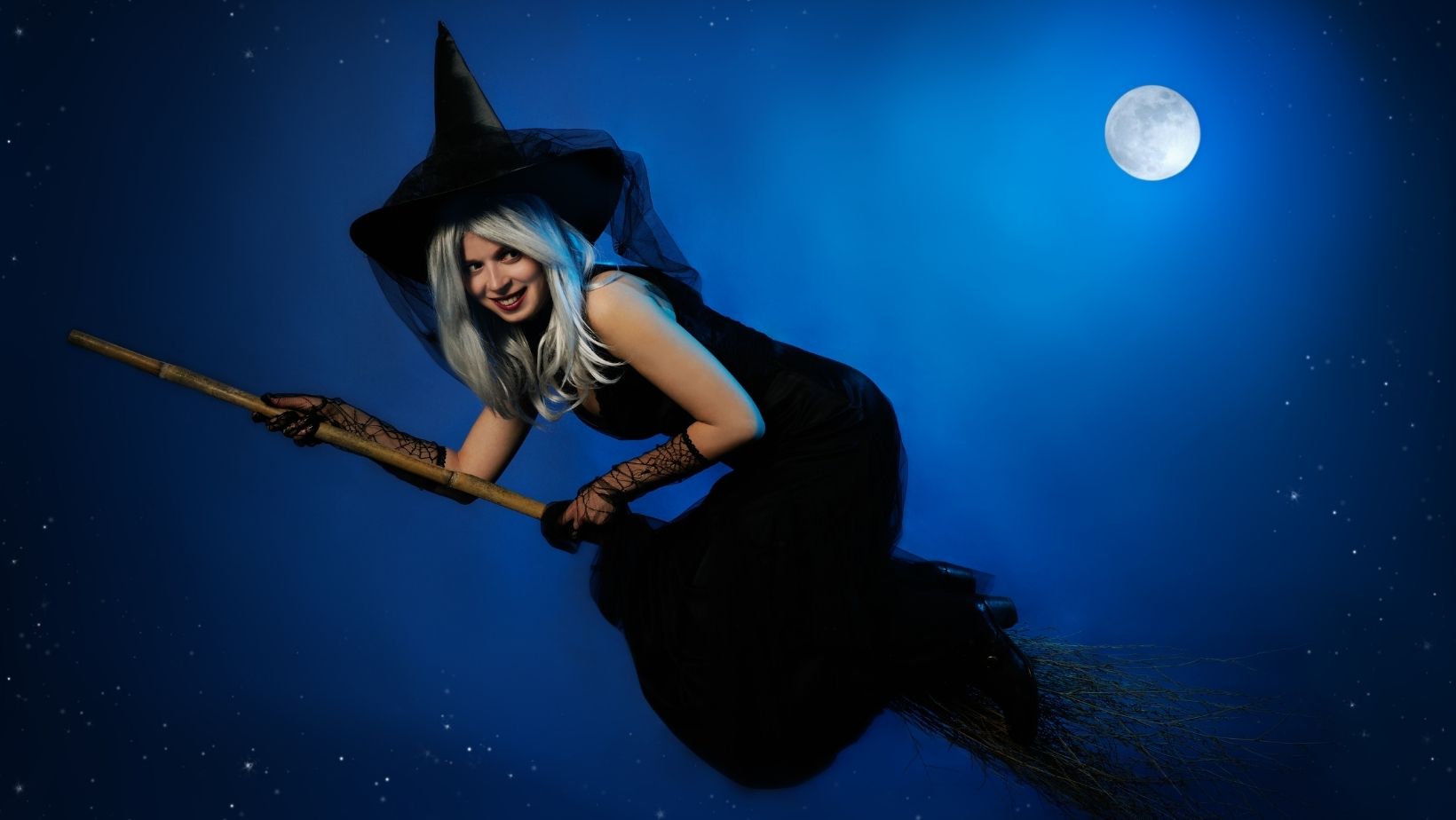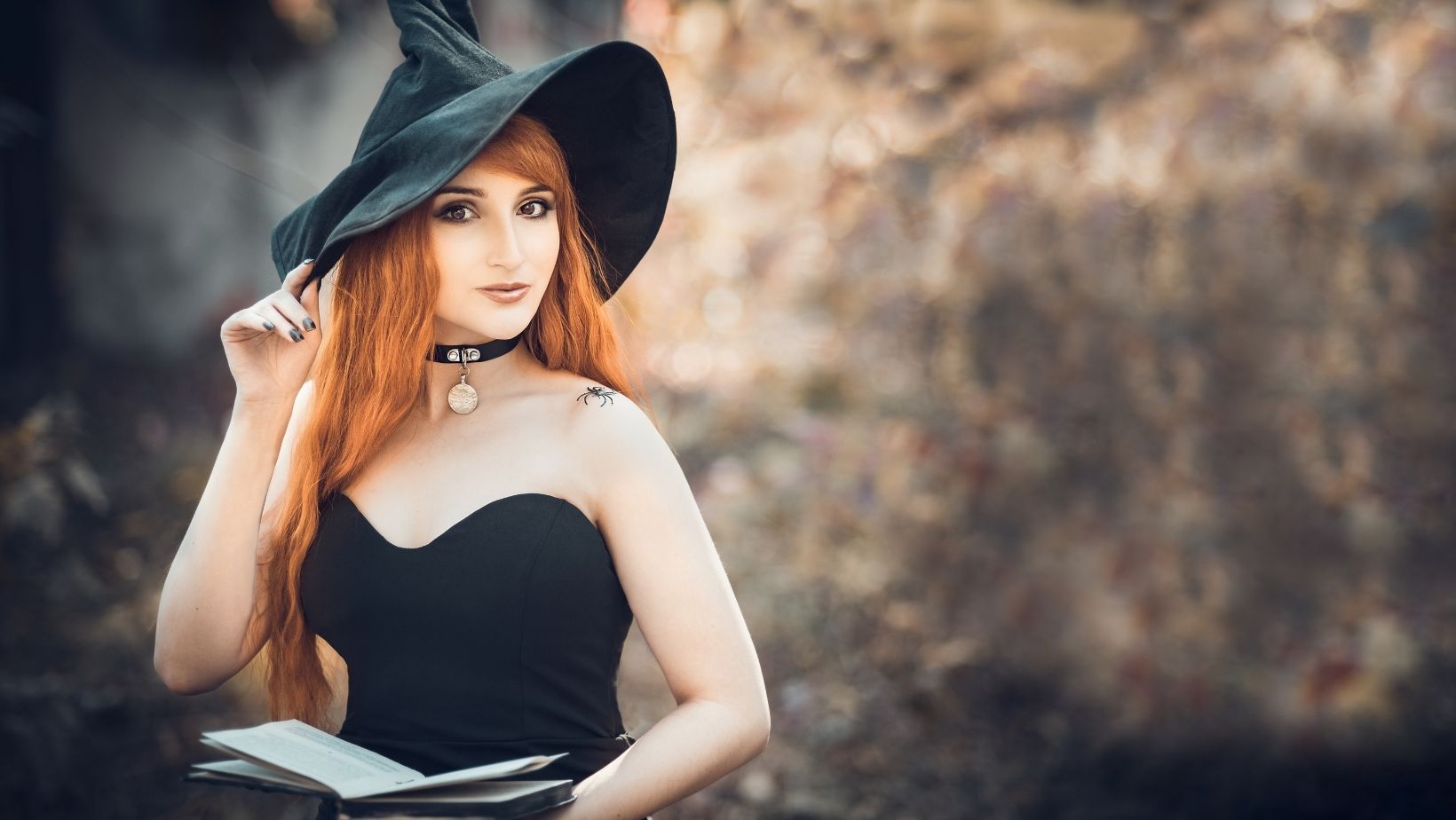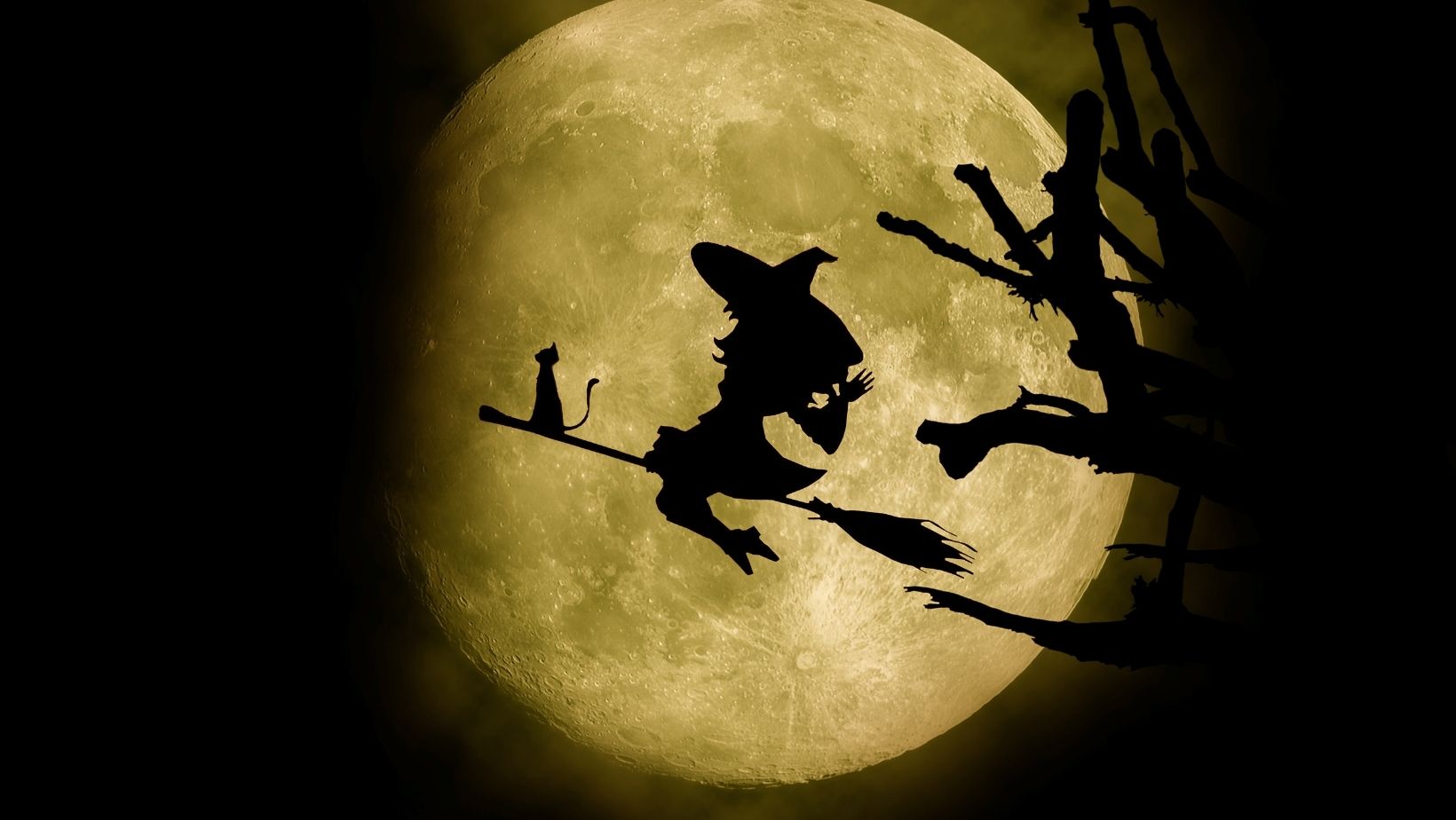
 Exploring the enigmatic world of witchcraft through art offers a captivating journey into the realms of mystique and magic. Artists throughout history have been drawn to the allure of witches, portraying them in various forms that evoke both fear and fascination. From medieval woodcuts to modern interpretations, the depiction of witches in art reflects the shifting perceptions of these mysterious figures in society. Delving into the symbolism and imagery surrounding witches in art unveils a rich tapestry of cultural beliefs, folklore, and superstitions. Each brushstroke and composition tell a story of power, persecution, and the eternal struggle between light and darkness. By examining how artists have envisioned witches across different eras and mediums, we gain insight into the evolving narratives and interpretations of these iconic figures in the collective imagination.
Exploring the enigmatic world of witchcraft through art offers a captivating journey into the realms of mystique and magic. Artists throughout history have been drawn to the allure of witches, portraying them in various forms that evoke both fear and fascination. From medieval woodcuts to modern interpretations, the depiction of witches in art reflects the shifting perceptions of these mysterious figures in society. Delving into the symbolism and imagery surrounding witches in art unveils a rich tapestry of cultural beliefs, folklore, and superstitions. Each brushstroke and composition tell a story of power, persecution, and the eternal struggle between light and darkness. By examining how artists have envisioned witches across different eras and mediums, we gain insight into the evolving narratives and interpretations of these iconic figures in the collective imagination.
Art:41qgxx38t30= Witch
 Exploring the enigmatic realm of witchcraft in art uncovers a rich tapestry of interpretations that have fascinated artists throughout the ages. From ancient depictions on medieval woodcuts to modern reimaginings, the evolution of how witches are portrayed showcases shifts in societal perspectives over time. The symbolism and imagery entwined with witches in art stem from a nuanced interplay of cultural beliefs, folklore, and superstitions, weaving a complex narrative filled with themes of power, persecution, and the eternal struggle between light and darkness.
Exploring the enigmatic realm of witchcraft in art uncovers a rich tapestry of interpretations that have fascinated artists throughout the ages. From ancient depictions on medieval woodcuts to modern reimaginings, the evolution of how witches are portrayed showcases shifts in societal perspectives over time. The symbolism and imagery entwined with witches in art stem from a nuanced interplay of cultural beliefs, folklore, and superstitions, weaving a complex narrative filled with themes of power, persecution, and the eternal struggle between light and darkness.
Artistic Representation of Witches
Artists have long been fascinated by the enigmatic world of witches, capturing their essence through various art forms. The portrayal of witches in art provides a glimpse into diverse historical and cultural contexts, shaping perceptions of magic and mysticism.
Depiction in Paintings
In paintings, witches have been depicted in a myriad of ways, often embodying themes of mystery, power, and danger. From Renaissance masterpieces to modern interpretations, artists have utilized symbolism to convey the complexity of witchcraft. Famous works like Francisco de Goya’s “Witches’ Sabbath” or John William Waterhouse’s “The Magic Circle” showcase the intricate narratives woven around witches in art history.
Portrayal in Sculptures
Sculptors, too, have explored the representation of witches through striking three-dimensional creations. Sculptures of witches often emphasize the fluidity of movement, the intensity of emotion, and the symbolism of magic. Pieces like the “The Witch and the Mandrake” by Jacob Epstein or “The Witches’ Well” by Frances Stevenson offer tangible expressions of the artist’s interpretation of witchcraft, blurring the line between reality and the supernatural.
Influence of Witchcraft in Art
 Exploring the representation of witchcraft in art reveals a captivating narrative of how artists across history have been intrigued by the mystique surrounding witches. The evolution of these depictions spans from ancient imagery found in medieval woodcuts to modern interpretations, reflecting shifting societal views over the centuries. These portrayals encapsulate a rich tapestry of symbolism and imagery associated with witches, encompassing a complex interplay of cultural beliefs, folklore, and superstitions.
Exploring the representation of witchcraft in art reveals a captivating narrative of how artists across history have been intrigued by the mystique surrounding witches. The evolution of these depictions spans from ancient imagery found in medieval woodcuts to modern interpretations, reflecting shifting societal views over the centuries. These portrayals encapsulate a rich tapestry of symbolism and imagery associated with witches, encompassing a complex interplay of cultural beliefs, folklore, and superstitions.
In the artistic realm, witches are often symbolized as enigmatic figures embodying elements of power, mystery, and danger. Prominent works like Francisco de Goya’s “Witches’ Sabbath” and John William Waterhouse’s “The Magic Circle” epitomize the intricate narratives woven around witchcraft, showcasing a diverse range of perspectives that have captivated artists over time. Furthermore, sculptors have contributed to this representation through three-dimensional artworks that emphasize motion and emotion. Pieces like Jacob Epstein’s “The Witch and the Mandrake” and Frances Stevenson’s “The Witches’ Well” vividly bring to life the essence of witchcraft in sculptural form.
Common Themes in Art:41qgxx38t30= Witch
The diverse representations of witches in art showcase a fascinating interplay between cultural beliefs and artistic expression. Artists have skillfully captured the themes of power, persecution, and the eternal struggle between light and darkness through their depictions of witches. From ancient woodcuts to modern interpretations, the symbolism and imagery associated with witchcraft have evolved, reflecting changing societal attitudes over time. Paintings and sculptures alike depict witches as enigmatic figures embodying mystery, danger, and allure, creating a rich tapestry of narratives that continue to captivate audiences. Through their works, artists have woven a complex narrative that transcends time and cultural boundaries, shedding light on the enduring fascination with the mystical world of witchcraft in the realm of art.